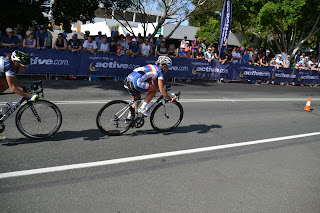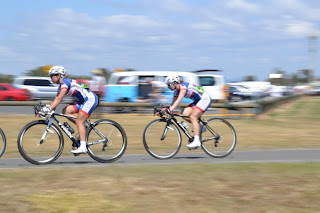Some basic aspects of the attitude that successful athletes have include:
- being hard-working
- being focused
- being determined
- having self-belief
- being disciplined.
Of these things, it was interesting to hear at the seminar what different people (from different backgrounds such as triathlon, athletics, cycling, water polo, golf, and cricket) found challenging and/or easy. For me, the hard-working and disciplined bit is easy. However I really struggle with the self-belief side of things. Matt explained that if an athlete is going to have self-belief then they need to think about all of their strengths, remember their good performances, and recall all the hard training they have put into preparing themselves. If an athlete wants to be successful then they need to both think and act in ways that will make them a success.
Leading into race day, an athlete knows what they have to do. They have been training for it. An athlete has been refining their skills, power, and fitness leading up to the race. So to perform well on the day should be simple enough... just bring all this hard work together. However, on the day an athlete’s thoughts and actions can make this process easier said than done.
A successful athlete has set routines and race plans to help them recreate the way they want to feel when they perform well. They trust in following the process to achieve a successful outcome. By focusing on the process, it helps an athlete perform to their best because it comes down to what is most in their control – what they think, feel, and do. By following the process and achieving goals during training, this all builds an athlete's confidence. This confidence then helps to empower the athlete to thrive under pressure on race day.- Many thanks to Matt Ahlberg and Allira Rogers from Mental Notes Consulting (www.mentalnotesconsulting.com.au) and Anouska Edwards from Revive (www.revivestudio.com.au).

















































